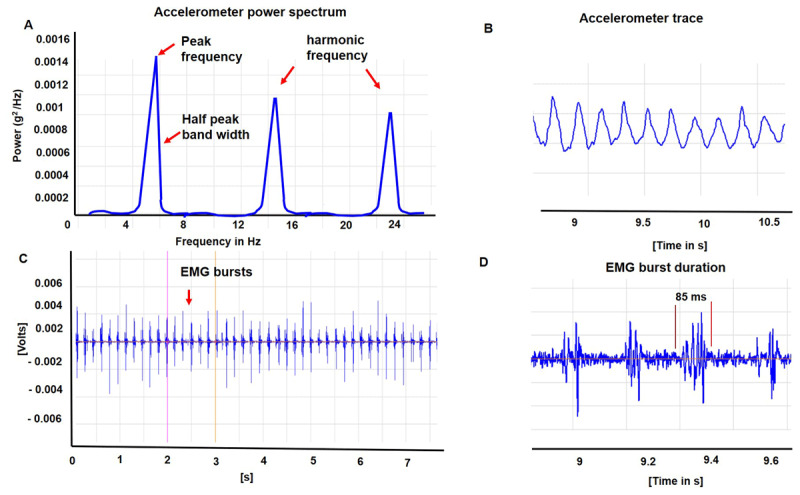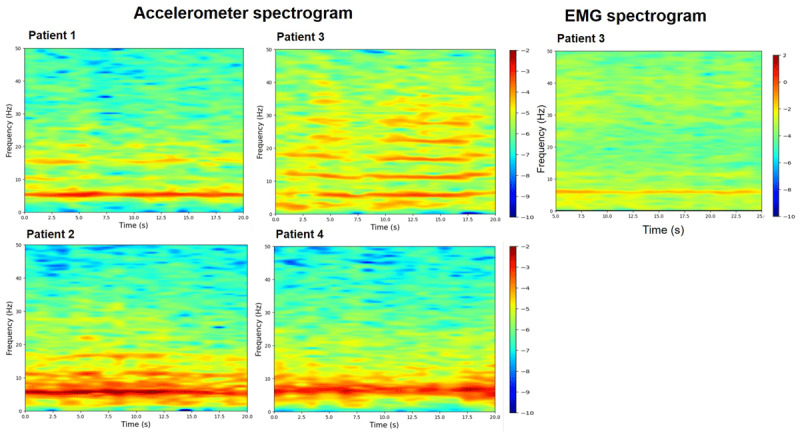Phenomenology and Physiology of Tacrolimus Induced Tremor.
Pub Date : 2023-01-01
DOI:10.5334/tohm.725
引用次数: 4
Abstract
Background: Tacrolimus is a potent immunosuppressant drug commonly used after solid organ transplant surgery. The use of this drug is frequently associated with the emergence of tremors. There is little information on the clinical and physiological characteristics of tacrolimus-induced tremors. Characterizing these tremors is essential as they can promote the development of specific therapies. Methods: We describe four patients placed on tacrolimus immunosuppressant therapy following kidney transplant surgery and who developed tremors impacting their daily functional activities. We describe the clinical and physiological characteristics of the tremor and the response generated after a limb cooling test. Results: A postural and kinetic tremor mainly involving the distal hands was observed in our cohort. In the accelerometer-based assessment, the tremor amplitude was noted to be mild to moderate, and the frequency was 5–6 Hz. Cooling the forearm and the hand led to a temporary albeit significant reduction of tremor amplitude (p = 0.03). Limb cooling lowered the tremor frequency by 1 Hz in two patients with no change in the other two patients, and the statistical comparison was not significant (p > 0.05). Conclusions: Limb cooling may be pursued as a therapeutic option for addressing tacrolimus-induced tremor, as the patients in our cohort benefitted from temporary tremor suppression.



他克莫司诱发震颤的现象学和生理学。
背景:他克莫司是一种有效的免疫抑制剂,常用于实体器官移植手术后。这种药物的使用经常与震颤的出现有关。关于他克莫司诱发震颤的临床和生理特征的资料很少。表征这些震颤是必不可少的,因为它们可以促进特定治疗的发展。方法:我们描述了4例肾移植手术后接受他克莫司免疫抑制剂治疗的患者,他们出现了影响日常功能活动的震颤。我们描述了震颤的临床和生理特征以及肢体冷却试验后产生的反应。结果:在我们的队列中观察到主要涉及远端手的体位性和动态性震颤。在基于加速度计的评估中,震颤幅度为轻度至中度,频率为5-6 Hz。冷却前臂和手导致震颤幅度暂时显著减少(p = 0.03)。肢体冷却使2例患者震颤频率降低1 Hz,其余2例无变化,差异无统计学意义(p > 0.05)。结论:肢体冷却可以作为解决他克莫司诱发的震颤的一种治疗选择,因为我们队列中的患者受益于暂时的震颤抑制。
本文章由计算机程序翻译,如有差异,请以英文原文为准。
求助全文
约1分钟内获得全文
求助全文
 求助内容:
求助内容: 应助结果提醒方式:
应助结果提醒方式:


